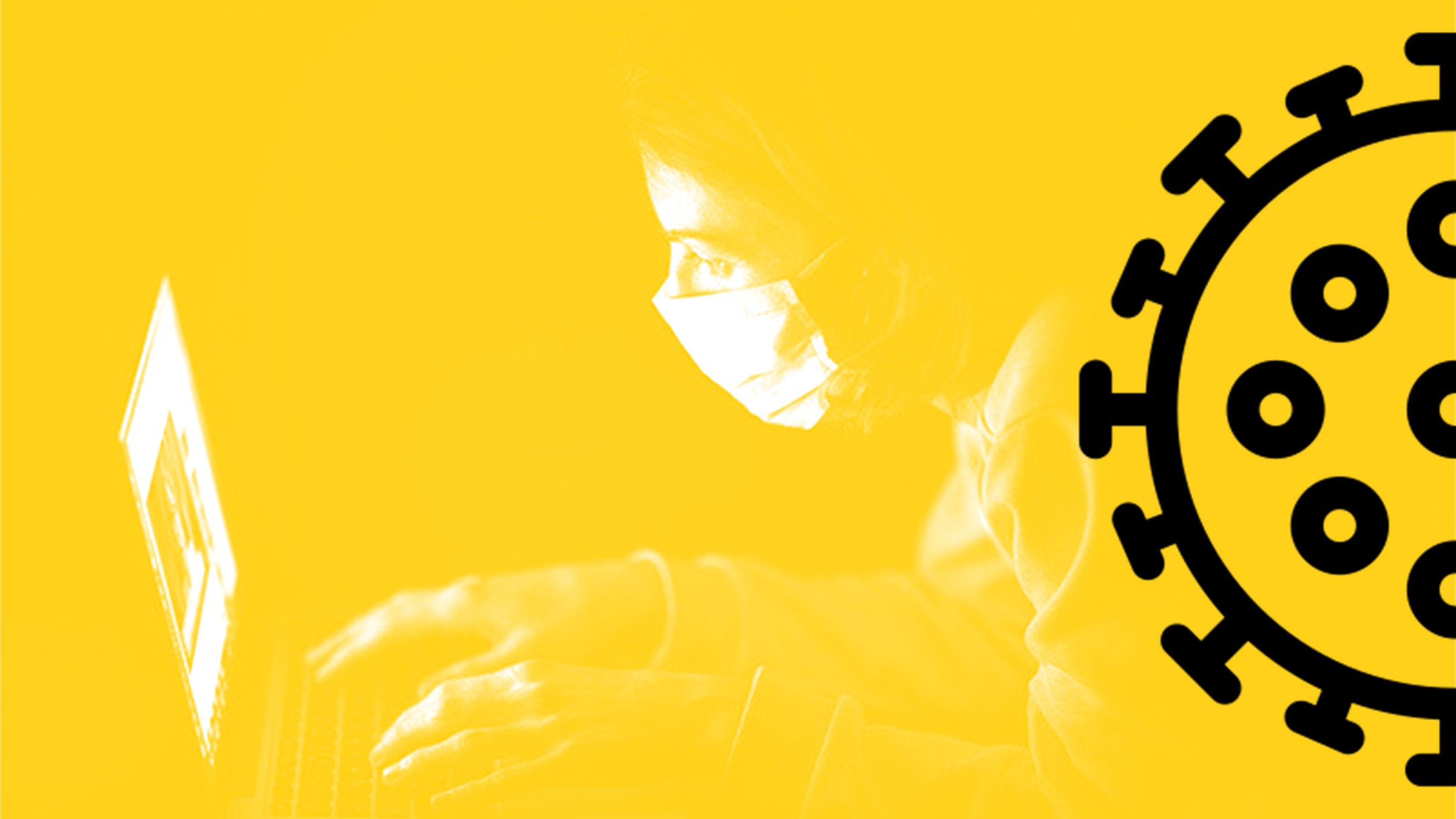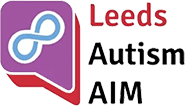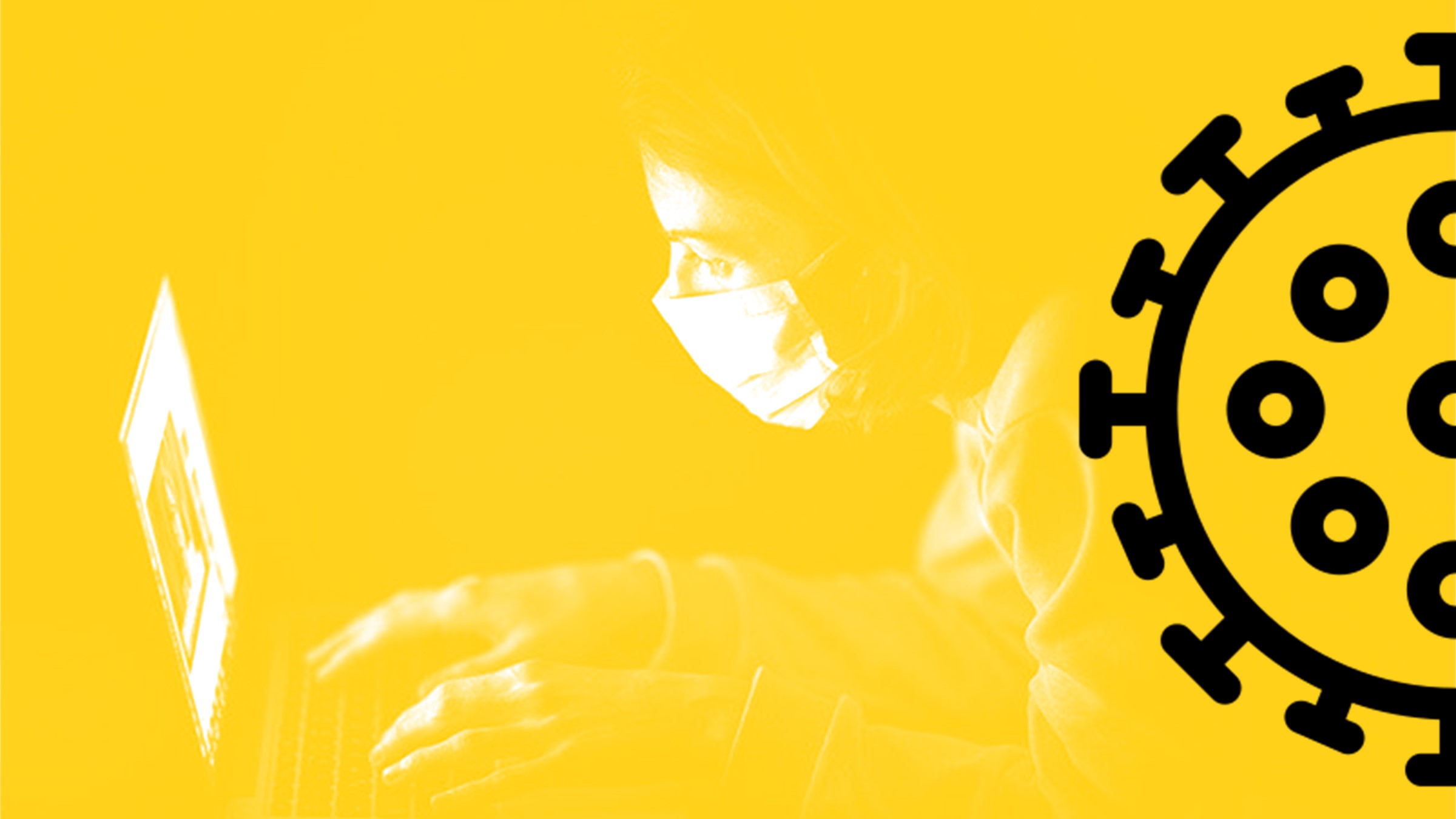
In the second of our Coronavirus: Autistic Voices series, Fay Kesby, our Volunteer Coordinator, talks about their experience of being autistic and physically disabled during the pandemic. Here is what they had to say.
What is it like being autistic and physically disabled during the Covid-19 pandemic? It’s tough.
When the first lockdown occurred it was a couple of days after I came down with Covid. Having a new illness, having other health problems and having no idea when or if I would need to go to the hospital was a lot to process, but especially for me and my autistic partner.
The uncertainty and the constantly changing advice made us anxious; where should we go if we got sicker, what were the rules for when symptoms eased, what did the future look like? It seemed the answers to those changed every day.
When we were recovered and symptom free and lockdown began to ease we went out and about on a limited basis, assuming that things would be over soon and not wanting to develop agoraphobia – something both of us had struggled with.
But being in the city centre was confusing and scary. People did not wear masks, shops used different entrances, there were one way systems that didn’t seem to match up from place to place and there were signs advising keeping a two metre distance on pavements that were not two metres wide.
In one shop we had to queue to get into a certain department, but the queue was for an escalator I couldn’t use and staff had not been advised on what to do in that scenario. In another the ramp in was now the exit and they had to get staff to close this temporarily just so I could get in the store. Another store I had literally no way of getting in as the accessible door was the exit but there were no staff near it to flag that I needed to get in.
Not only did this make it harder for me physically but the sudden changes to how things worked and to my well established routes around town caused anxiety and sensory overload and made what should have been a simple trip to buy some food and homeware a stressful and painful experience.
I do wear a mask, though many autistic people are exempt. I can breathe through it and don’t find it causes any sensory issues so I wear one any time I leave the flat, but that doesn’t mean I don’t find masks difficult in other ways. The mouth, the clearest part of facial expressions, are hidden now and I find that I can’t guess what others are thinking or what they are going to do.
I struggle to understand speech because my sensitivity to certain sounds has meant I developed a reliance on lipreading in many circumstances. It also forces me to look at people’s eyes more, something I often find difficult. Not to mention, seeing people wear them improperly (or not at all) very stressful as I want to tell everyone that they are doing it wrong, but know that doing so could lead to a stressful or even dangerous situation. Not everyone is kind and understanding to disabled people.
Currently my biggest confusion is around rules and acceptable behaviour. I worry about whether I am breaking the rules, which exceptions apply to me, who I should and should not see, what Christmas plans I should make. Along with my usual checklist of medical bric-a-brac I need to bring with me I now have to make sure I have spare masks and hand sanitiser with me at all times, which is difficult when you’re as forgetful as I am. And none of this is helped by seeing people in the media an illness I had in March and is still affecting me in November isn’t a big deal.
So what’s it like being autistic and physically disabled during the Covid-19 pandemic? It’s tough. It’s confusing, overwhelming, restricting and literally painful at times. But still, I will happily muddle through all that to reduce the infection rate – if only others would do the same!









